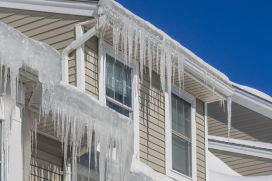Storm Readiness & Recovery
In times of crisis, it can be difficult to know where to turn for the right information and resources to get things back to normal. In the spirit of helping homeowners, CertainTeed has developed this Storm Resources website. Within the site, we’ve gathered useful information on the various types of storms that cause damage to homes, discuss products engineered to stand up to storms, share information on selecting the best storm contractors, and remove the mystery from roof warranties and complete roofing systems. Above all, it includes thoughtfully sourced articles and trusted resources to help keep you and your family informed. A roof is one of your most important investments as a homeowner, and the first line of defense that protects the people and items that make a house a home. As weather patterns change and stronger storms become more frequent, we hope you will find these resources helpful and informative.











